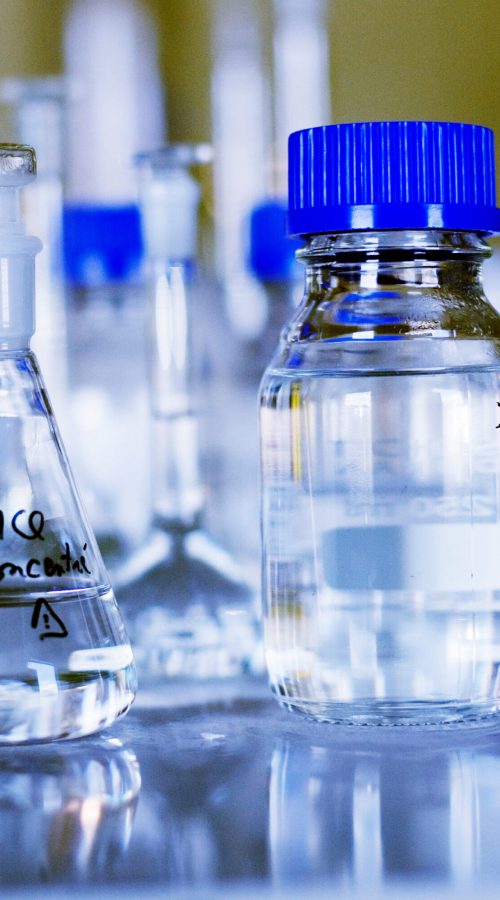
EnSolv Plus is a powerful, next-generation solvent built for modern cleaning applications. Its unique blend includes 1,2-trans-dichloroethylene and a hydrofluoroolefin (HFO), giving it a lower global warming potential (GWP) compared to traditional solvents that use hydrofluoroethers (HFEs). Not only is it better for the environment, but it’s also completely PFAS-free, meeting every current and anticipated standard.
This versatile solvent excels in vapor degreasing, ultrasonic cleaning, and fluid deposition, offering exceptional cleaning power for tough contaminants like oils, greases, and waxes. With no ozone depletion potential (ODP) and a GWP of less than 1, EnSolv Plus is an environmentally responsible solution for industries seeking high performance without compromise.
Key Benefits:
PFAS-free by all current and anticipated standards
Low GWP (<1) and zero ODP
Superior solvency for hydrocarbon soils and heavy contaminants
Ideal for vapor degreasing, ultrasonic cleaning, and fluid deposition
• Zero Surface Residue
• Low Surface Tension
• Low Viscosity
• NON-Flammable
• NO Flash Point
• High Solvency
EnSolv Plus ingredients are listed acceptable by the U.S. EPA under the SNAP program as a substitute for ozone depleting substances, are not subject to SARA Title III (EPCRA) reporting regulation. It is not considered a Hazardous Air Pollutant (HAP) and therefore is not regulated under NESHAP.
Spent EnSolv Plus is not considered hazardous waste in the US as long as a hazardous material is not deposited into the solvent during the cleaning process.
• Zero Ozone Depletion
• GWP of 87
EnSolv Plus is compatible with most polymers and elastomers typically encountered during cleaning and vapor degreasing of precision parts, electronics, etc.
The solvent is also compatible with steel, aluminum, titanium, and every other metal commonly used in precision parts manufacturing.
A complete reference chart showing plastics and elastomers compatibility is available on page 2 of the TDS.

• Adhesives
• Buffing Compounds
• Cutting Oils
• Greases
• Hydraulic Oils
• Silicone Oils
• Waxes/Pitch
• Drawing Oils
• And Many Others….
EnSolv Plus is thermally stable and will not oxidize or degrade during storage under normal conditions. It is recommended to store the product inside a clean, dry area and out of direct sunlight or other heat sources. Do not freeze or store below 32°F (0°C) nor above 105°F (40.5°C) to prevent leakage or potential rupture of container due to contraction/expansion and pressure changes. Drum pumps are recommended to dispense the solvent from its container. Refer to the Safety Data Sheet for more information or contact Enviro Tech for further assistance.








The dock closes a half hour prior to business hours.
© 2023 Enviro Tech International, Inc. All rights reserved